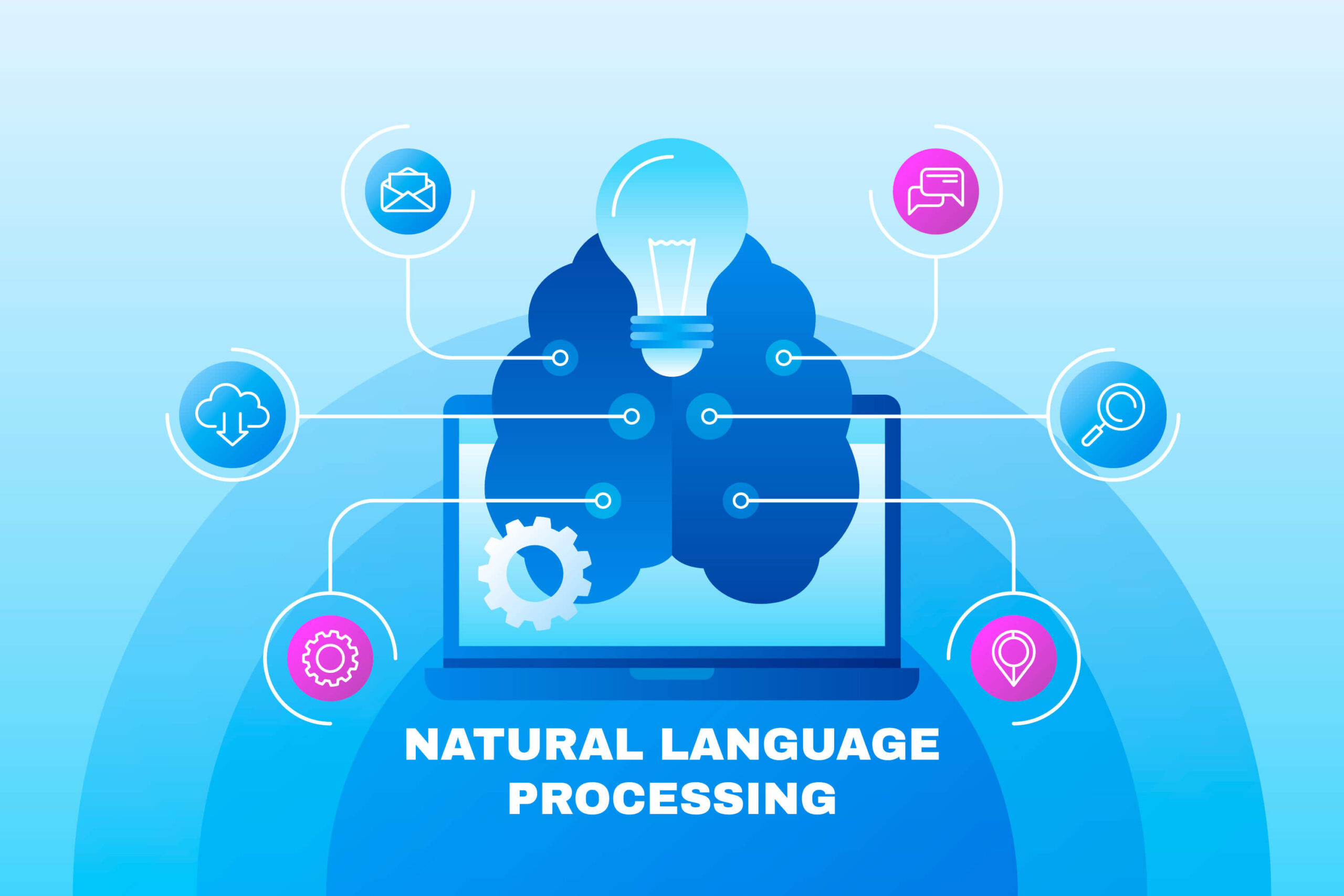In the age of technology, the amount of data produced daily is increasing rapidly. Among this data, a significant proportion is in the form of natural language – the language that humans use to communicate. Natural Language Processing (NLP) is a field of artificial intelligence that deals with the processing and understanding of human language. NLP enables machines to understand, interpret, and generate human language, which has a wide range of applications in real-world scenarios.
What is Natural Language Processing?
Natural Language Processing (NLP) is a subfield of artificial intelligence that focuses on the interaction between computers and human language. NLP involves the use of computer algorithms and models to understand, interpret, and generate human language. The main objective of NLP is to enable machines to process, analyze, and understand natural language, which is an essential part of human communication.
How Does Natural Language Processing Work?
NLP uses a combination of machine learning and computational linguistics to analyze human language. The process begins with the collection of data, which could be in the form of written text, speech, or any other form of human language. The data is then analyzed using NLP algorithms to identify patterns and extract meaning from it. This involves tasks such as language detection, tokenization, part-of-speech tagging, and syntactic parsing.
Applications of Natural Language Processing
Natural Language Processing has several real-world applications across a wide range of industries. Here are some examples:
- Sentiment Analysis – NLP can be used to analyze and understand the sentiment of a piece of text. This is useful in social media monitoring, customer feedback analysis, and market research.
- Speech Recognition – NLP can be used to convert speech into text. This technology is used in personal assistants like Siri and Alexa, as well as in call centers and dictation software.
- Machine Translation – NLP can be used to translate text from one language to another. This technology is used in language learning apps, online translation tools, and international business.
- Chatbots – NLP can be used to build chatbots that can converse with customers and provide support in real time. This technology is used in customer service, e-commerce, and healthcare. a big example is chatGPT.
Future of Natural Language Processing
Natural Language Processing is a rapidly evolving field, and the future looks promising. With the increase in data, the demand for NLP is expected to rise, and new applications are likely to emerge. Some of the areas where NLP is expected to have a significant impact include:
- Personalized Learning – NLP can be used to personalize learning content based on a student’s strengths and weaknesses.
- Healthcare – NLP can be used to analyze medical records and provide personalized treatment recommendations.
- Business Intelligence – NLP can be used to analyze customer feedback and social media data to gain insights into customer behavior and preferences.
In conclusion, Natural Language Processing is a fascinating field with vast potential for real-world applications. As technology continues to evolve, so too will the applications of NLP. The future looks bright for this rapidly evolving field, and we can expect to see more and more applications emerge in the coming years.






